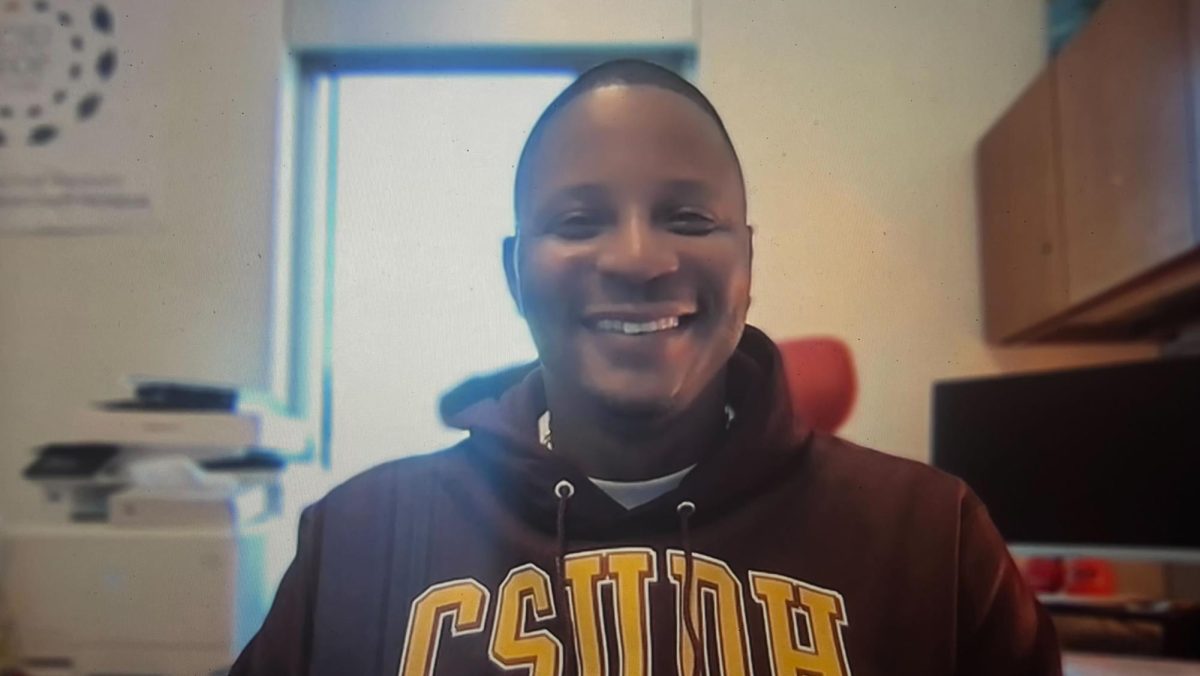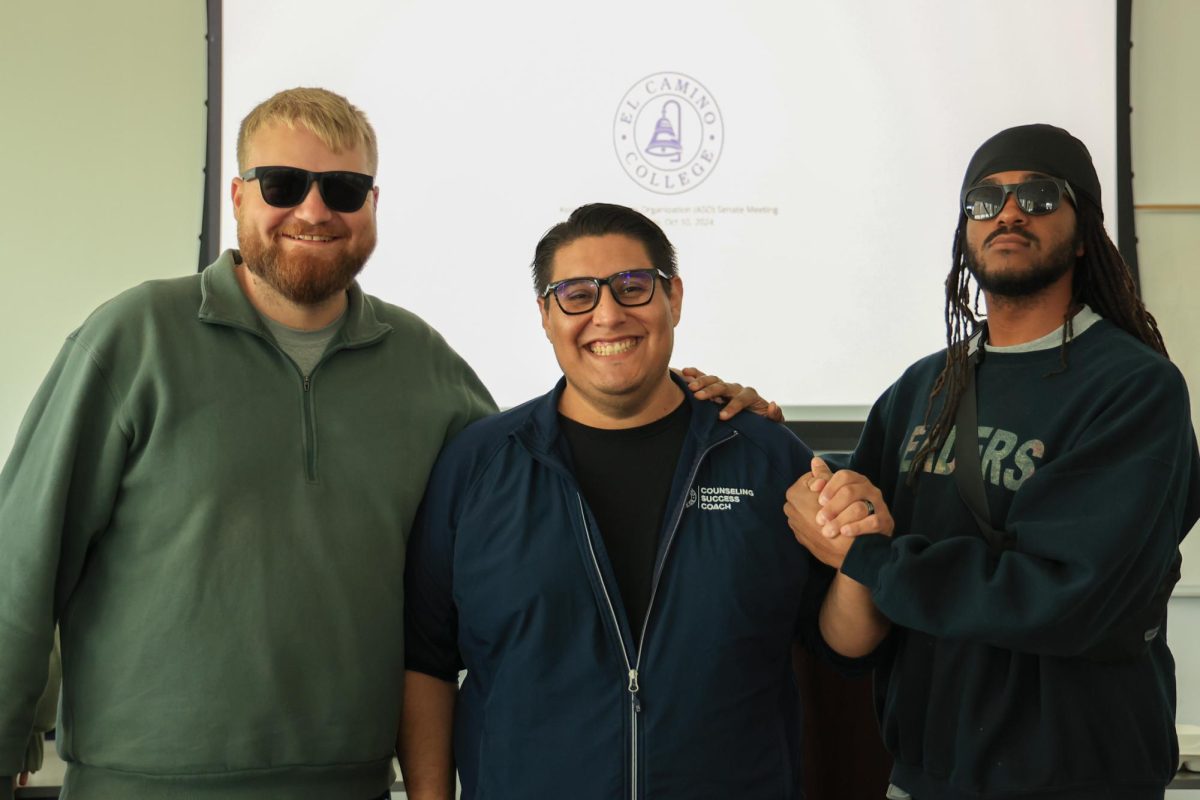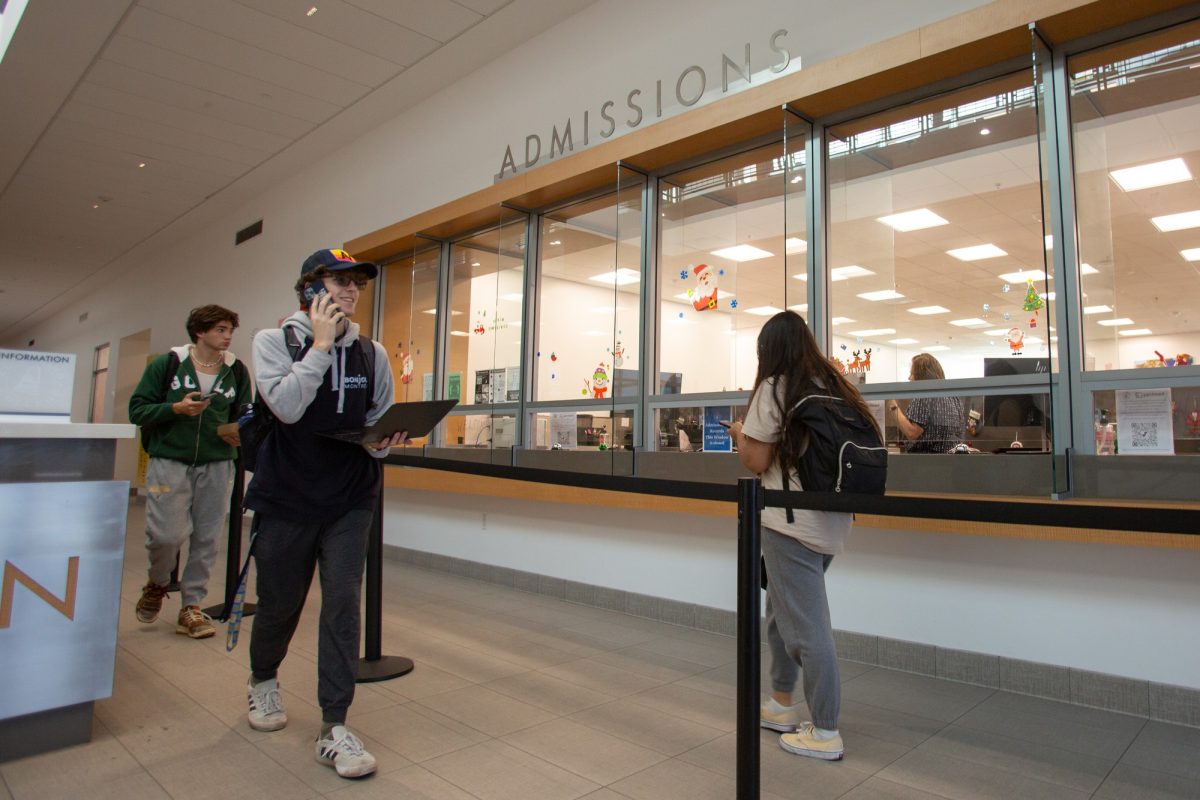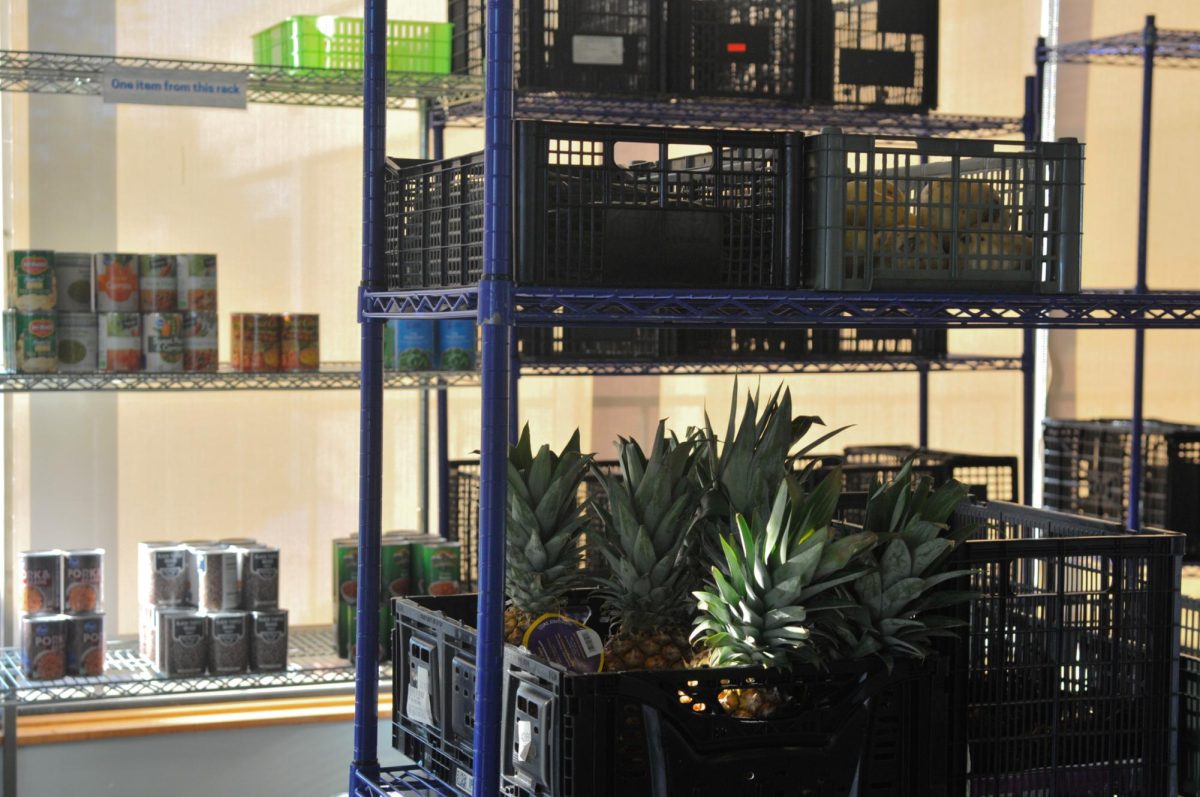When www.elcamino.edu was blocked by Google, Yahoo and other Internet sources which provide e-mail accounts, administrators were baffled by what could have caused this.
Around Thanksgiving, EC’s Web site was accused of sending spam e-mail to many across the Web, an event which occurred once more thereafter.
The cause was an EC-owned laptop operating off campus in the hands of an administrator which was attacked by “malicious” software, John Wagstaff, director of information technology, said.
While the first incident caused some confusion, upon further examination and a second ban, the problem was traced back to the administrator’s computer.
“The software got the administrator’s unique e-mail salutation, so (the spam e-mails) looked professional. That led to EC being blacklisted,” Wagstaff said.
Despite efforts to remedy the problem, further measures had to be taken.
“We ended up destroying the hard drive and replacing it because the damage penetrated that deep. It’s been clean ever since and there was really nothing the administrator could have done to stop this,” Wagstaff said.
Because approximately 7,500 students log in per day, especially during registration time, EC’s Web site is equipped with fire walls and specific blocks between staff and student sites to prevent any damage to MyECC.
“Students expect it to be reliable and when they log-on, they figure it’s going to work, so we have to do everything we can to keep (MyECC) protected,” Wagstaff said.
EC is also part of a large network which provides internet security to all schools in California .
“We are part of a server called Senic and it interconnects all educational institutions in California , and they are actually the ones who alerted us of the problem with our website,” Wagstaff said. “Because it’s part of such a giant network, it offers us great protection.”
In order to avoid such incidents from affecting them, Wagstaff advises students to use MyECC e-mail when accessing EC’s Web site.
“Because it is well-protected, MyECC e-mail flowed continuously and the blockage did not interfere with it,” he said. “Faculty and students using things like Yahoo or Hotmail were the ones affected by this.”
If such an even were to occur again, students are asked to contact the administrator which the e-mails are coming from so the technology center can be alerted.
“What students have to remember is that there are so many other variables that can come with an event like this, so it’s best to get a hold of the administrator first so they can talk to someone about what is going on,” Wagstaff said.








